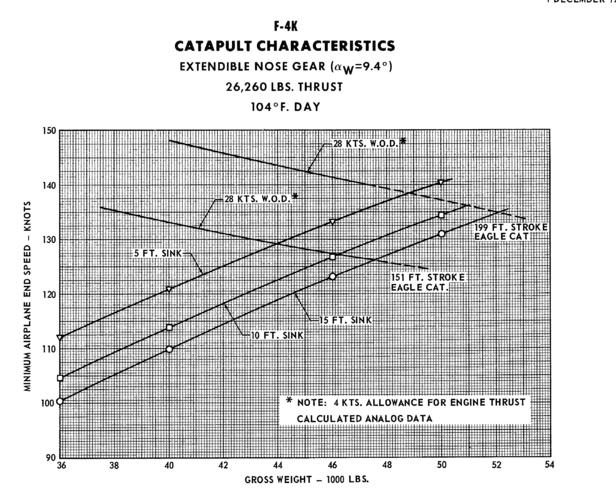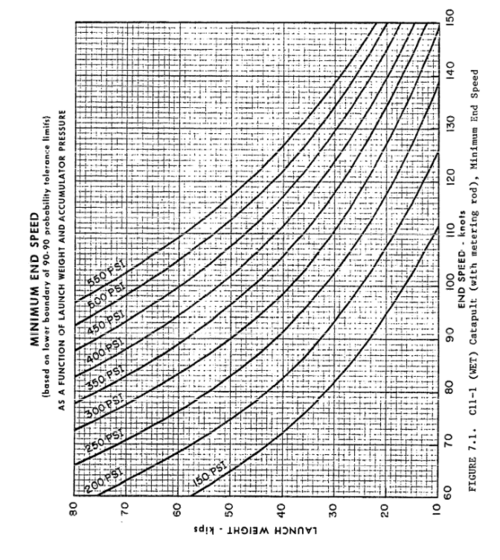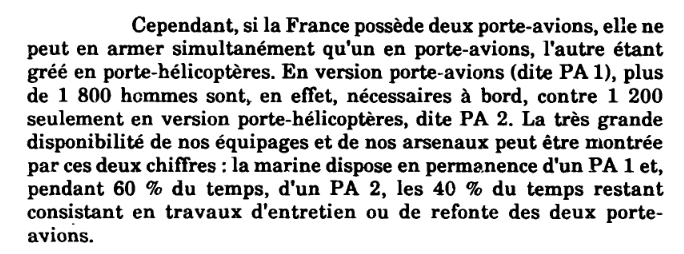NOMISYRRUC
ACCESS: Top Secret
- Joined
- 28 September 2008
- Messages
- 2,325
- Reaction score
- 3,727
The last Buccaneers were ordered in August 1975 and the first Sea Harriers were ordered in September 1975 so yes more Buccaneer S.2s could have been ordered instead of the Sea Harrier. However, I don't know how much each type cost.Re the issue of Buccaneer S.2, could they not order more S2s instead of Sea Harrier which doesn't exist in this TL? How much each type costs?
According to Derek Wood in "Project Cancelled".Also can some development money be saved by cancelling P.1154 earlier? How much did it cost to cancellation? Can even say the same for TSR.2 being cancelled earlier, though the RAF would be furious, though they ended using Buccaneers anyway. And there is the F-111K too how much money was sunk into that program?
£21.0 million P.1154 cancelled February 1965.
£21.0 million HS.681 cancelled February 1965.
£195.0 million TSR.2 cancelled February 1965.
£2.5 million AFVG cancelled July 1967.
£46.4 million F.111K cancelled January 1968.
He doesn't quote the cost of the BS.100 engine, which therefore may have been included in the costs of P.1154 and HS.681. But if TSR.2 is cancelled earlier that might increase the cost of developing the Olympus engines for Concorde. So to reverse the proverb, "What we gain on the roundabouts, we loose on the swings".
For what it's worth one of the reasons why I asked whether an earlier Spey-Buccaneer was possible (and it looks like it isn't) was for HMG to force the RAF to buy it in 1959 instead of the TSR.2 and therefore saving all of the £195.0 million that was spent of the project in the "Real World". However, the RAF would have wanted better avionics on its Buccaneers which would have increased the R&D & production costs and therefore reduced the difference between the cost of RAF-Buccaneer S.2 & TSR.2.
Last edited:



